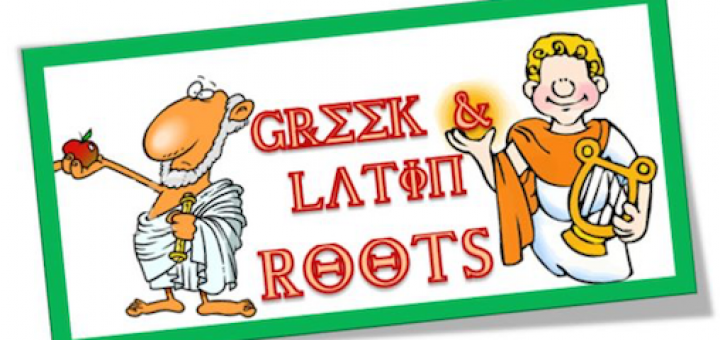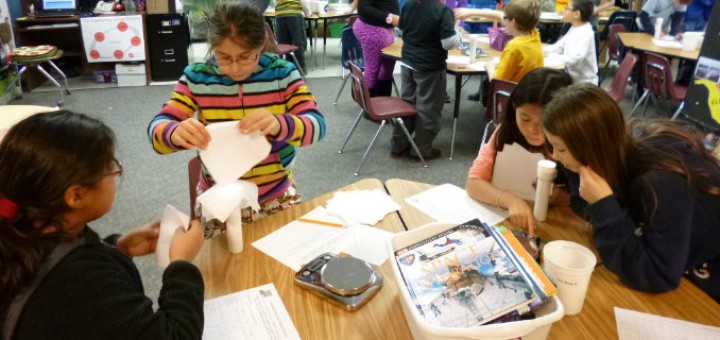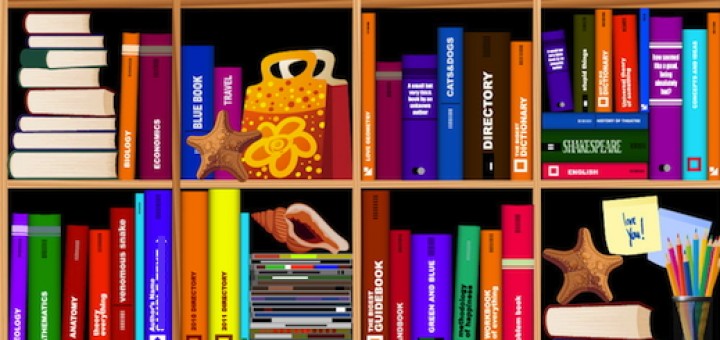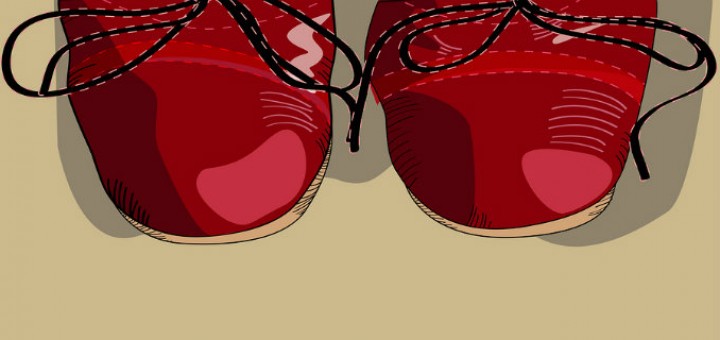Teaching and learning in grades 4-8
A three-perspective approach to reading response (as a reader, a writer and a human being) has been a helpful resource for Sarah Donovan and for her students as they respond to writing by their peers. Donovan includes several model activities and examples.
When you think of Greek and Latin roots, you think high student engagement, right? No? ELA teacher Amber Chandler plans to make all those old roots rock this fall as she introduces the concepts of language development and acquisition to her students.
The new school year is on the horizon and STEM teachers are going to be caught up in the whirlwind of preparation before Day One. As you prepare to engage students in exciting STEM lessons, Anne Jolly offers 5 lesson principles to keep in the forefront.
In “Q Tasks,” Carol Koechlin & Sandi Zwaan argue that the key to learning, understanding & thinking critically is the Question. The book’s 50 or so lessons help students generate & use questions for learning & evaluating information, says Laura Von Staden.
Teachers looking for new ways to incorporate primary sources into history lessons covering 5 centuries will find great ideas in Jana Kirchner and Andrew McMichael’s Inquiry-Based Lessons in U.S. History, says social studies teacher Michael DiClemente.
In the 3rd edition of “101 Answers for New Teachers and Their Mentors,” Annette Breaux adds ideas for using tech in lessons, connecting via social media, and reflecting regularly. “Practical and easy to use” by all teachers, says PD consultant Anne Anderson.
Plans for Republican and Democratic primary debates are well underway. Media literacy expert Frank W. Baker is ready with guidelines for engaging students in classroom research and discussion. Baker’s first focus: the very crowded GOP debates scheduled for this fall.
When it comes to high expectations, learning consultant Barbara Blackburn says actions speak louder than beliefs. Using her own classroom mistakes as a backdrop, she points out the teacher behaviors that signal struggling learners whether we mean what we say.
Whether a tragedy is recent or ancient, death is an unfortunate staple in social studies classes, writes history educator Lauren Brown. The challenge for MS teachers is to treat tragic events sensitively while helping students grasp the historical import.
When reading strategies include a series of actionable steps, students can follow them as they learn to master skills. Using the teaching of tying shoes as an analogy, literacy expert Jennifer Serravallo offers examples of the kinds of supports teachers can offer learners as they travel the path to automaticity.







































